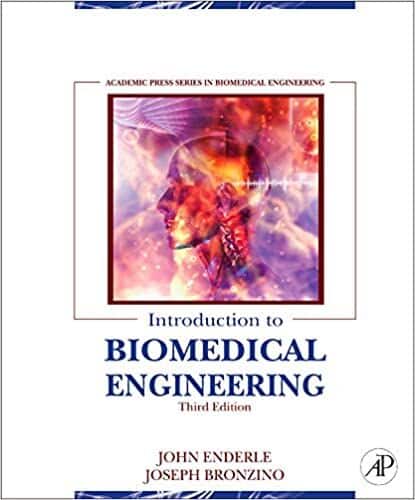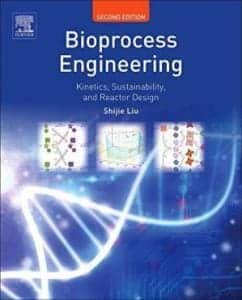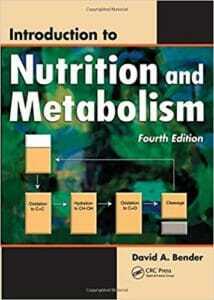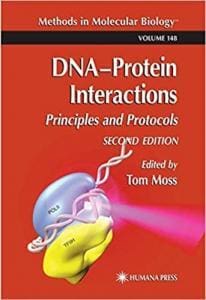Dedication
Preface
Contributors to the Third Edition
Contributors to the Second Edition
Contributors to the First Edition
Chapter 1. Biomedical Engineering
1.1. The Evolution of the Modern Health Care System
1.2. The Modern Health Care System
1.3. What Is Biomedical Engineering?
1.4. Roles Played by the Biomedical Engineers
1.5. Recent Advances in Biomedical Engineering
1.6. Professional Status of Biomedical Engineering
1.7. Professional Societies
Chapter 2. Moral and Ethical Issues
2.1. Morality and Ethics: A Definition of Terms
2.2. Two Moral Norms: Beneficence and Nonmaleficence
2.3. Redefining Death
2.4. The Terminally Ill Patient and Euthanasia
2.5. Taking Control
2.6. Human Experimentation
2.7. Definition and Purpose of Experimentation
2.8. Informed Consent
2.9. Regulation of Medical Device Innovation
2.10. Marketing Medical Devices
2.11. Ethical Issues in Feasibility Studies
2.12. Ethical Issues in Emergency Use
2.13. Ethical Issues in Treatment Use
2.14. The Role of the Biomedical Engineer in the FDA Process
Chapter 3. Anatomy and Physiology
3.1. Introduction
3.2. Cellular Organization
3.3. Tissues
3.4. Major Organ Systems
3.5. Homeostasis
Chapter 4. Biomechanics
4.1. Introduction
4.2. Basic Mechanics
4.3. Mechanics of Materials
4.4. Viscoelastic Properties
4.5. Cartilage, Ligament, Tendon, and Muscle
4.6. Clinical Gait Analysis
4.7. Cardiovascular Dynamics
Chapter 5. Biomaterials
5.1. Materials in Medicine: From Prosthetics to Regeneration
5.2. Biomaterials: Types, Properties, and Their Applications
5.3. Lessons from Nature on Biomaterial Design and Selection
5.4. Tissue–Biomaterial Interactions
5.5. Biomaterials Processing Techniques for Guiding Tissue Repair and Regeneration
5.6. Safety Testing and Regulation of Biomaterials
5.7. Application-Specific Strategies for the Design and Selection of Biomaterials
Chapter 6. Tissue Engineering
6.1. What Is Tissue Engineering?
6.2. Biological considerations
6.3. Physical considerations
6.4. Scaling up
6.5. Implementation of Tissue Engineered Products
6.6. Future Directions: Functional Tissue Engineering and the “-Omics” Sciences
6.7. Conclusions
Chapter 7. Compartmental Modeling
7.1. Introduction
7.2. Solutes, Compartments, and Volumes
7.3. Transfer of Substances between Two Compartments Separated by a Membrane
7.4. Compartmental Modeling Basics
7.5. One-Compartment Modeling
7.6. Two-Compartment Modeling
7.7. Three-Compartment Modeling
7.8. Multicompartment Modeling
Chapter 8. Biochemical Reactions and Enzyme Kinetics
8.1. Chemical Reactions
8.2. Enzyme Kinetics
8.3. Additional Models Using the Quasi-Steady-State Approximation
8.4. Diffusion, Biochemical Reactions, and Enzyme Kinetics
8.5. Cellular Respiration: Glucose Metabolism and the Creation of ATP
8.6. Enzyme Inhibition, Allosteric Modifiers, and Cooperative Reactions
Chapter 9. Bioinstrumentation
9.1. Introduction
9.2. Basic Bioinstrumentation System
9.3. Charge, Current, Voltage, Power, and Energy
9.4. Resistance
9.5. Linear Network Analysis
9.6. Linearity and Superposition
9.7. Thévenin’s Theorem
9.8. Inductors
9.9. Capacitors
9.10. A General Approach to Solving Circuits Involving Resistors, Capacitors, and Inductors
9.11. Operational Amplifiers
9.12. Time-Varying Signals
9.13. Active Analog Filters
9.14. Bioinstrumentation Design
Chapter 10. Biomedical Sensors
10.1. Introduction
10.2. Biopotential Measurements
10.3. Physical Measurements
10.4. Blood Gas Sensors
10.5. Bioanalytical Sensors
10.6. Optical Sensors
Chapter 11. Biosignal Processing
11.1. Introduction
11.2. Physiological Origins of Biosignals
11.3. Characteristics of Biosignals
11.4. Signal Acquisition
11.5. Frequency Domain Representation of Biological Signals
11.6. Linear Systems
11.7. Signal Averaging
11.8. The Wavelet Transform and the Short-Time Fourier Transform
11.9. Artificial Intelligence Techniques
Chapter 12. Bioelectric Phenomena
12.1. Introduction
12.2. History
12.3. Neurons
12.4. Basic Biophysics Tools and Relationships
12.5. Equivalent Circuit Model for the Cell Membrane
12.6. The Hodgkin-Huxley Model of the Action Potential
12.7. Model of a Whole Neuron
12.8. Chemical Synapses
Chapter 13. Physiological Modeling
13.1. Introduction
13.2. An Overview of the Fast Eye Movement System
13.3. The Westheimer Saccadic Eye Movement Model
13.4. The Saccade Controller
13.5. Development of an Oculomotor Muscle Model
13.6. The 1984 Linear Reciprocal Innervation Saccadic Eye Movement Model
13.7. The 1995 Linear Homeomorphic Saccadic Eye Movement Model
13.8. The 2009 Linear Homeomorphic Saccadic Eye Movement Model
13.9. Saccade Neural Pathways
13.10. System Identification
Chapter 14. Biomedical Transport Processes
14.1. Biomedical Mass Transport
14.2. Biofluid Mechanics and Momentum Transport
14.3. Biomedical Heat Transport
Chapter 15. Radiation Imaging
15.1. Introduction
15.2. Emission Imaging Systems
15.3. Instrumentation and Imaging Devices
15.4. Radiographic Imaging Systems
Chapter 16. Medical Imaging
16.1. Introduction
16.2. Diagnostic ultrasound imaging
16.3. Magnetic resonance imaging
16.4. Magnetoencephalography
16.5. Contrast agents
16.6. Comparison of imaging modes
16.7. Image Fusion
16.8. Summary
Chapter 17. Biomedical Optics and Lasers
17.1. Introduction to Essential Optical Principles
17.2. Fundamentals of Light Propagation in Biological Tissue
17.3. Physical Interaction of Light and Physical Sensing
17.4. Biochemical Measurement Techniques Using Light
17.5. Fundamentals of the Photothermal Therapeutic Effects of Light Sources
17.6. Fiber Optics and Waveguides in Medicine
17.7. Biomedical Optical Imaging
Appendix
Index














![Ettinger’s Textbook of Veterinary Internal Medicine 9th Edition [PDF+Videos] Ettinger’s Textbook of Veterinary Internal Medicine 9th Edition [True PDF+Videos]](https://www.vet-ebooks.com/wp-content/uploads/2024/10/ettingers-textbook-of-veterinary-internal-medicine-9th-edition-100x70.jpg)

![Textbook of Veterinary Diagnostic Radiology 8th Edition [PDF+Videos+Quizzes] Thrall’s Textbook of Veterinary Diagnostic Radiology, 8th edition PDF](https://www.vet-ebooks.com/wp-content/uploads/2019/09/textbook-of-veterinary-diagnostic-radiology-8th-edition-100x70.jpg)






